
Cuphea hyssopifolia, also known as false heather, Mexican heather, Hawaiian heather, or elfin herb, is a small evergreen shrub native to Mexico, Guatemala, and Honduras. It is a popular ornamental plant grown for its beautiful flowers, which bloom profusely in a variety of colors, including purple, lavender, white, pink, and deep rose. Cuphea hyssopifolia is also a low-maintenance plant that is drought-tolerant and attracts pollinators.
It’s very well grown in the Indian Tropical Climate.
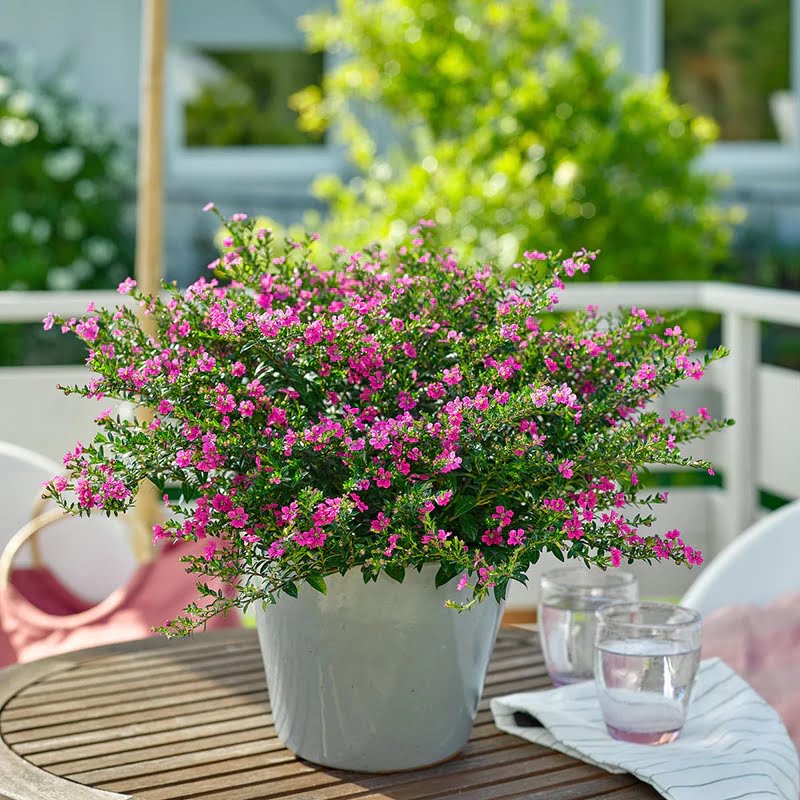
Decorate your balcony with this stunningly beautiful flower shrub.
Cuphea hyssopifolia is the perfect plant for anyone who wants an easy-care, beautiful addition to their garden. This drought-tolerant plant blooms profusely with small, tubular flowers in a variety of colors. Cuphea hyssopifolia also attracts pollinators, making it a valuable addition to any garden for wildlife. Order your Cuphea hyssopifolia today and start enjoying its beauty!
How to care for Cuphea hyssopifolia in Indian climate?
- Plant Cuphea hyssopifolia in a spot that gets full sun.
- Water Cuphea hyssopifolia regularly, especially during hot, dry weather.
- Fertilize Cuphea hyssopifolia once a year with a balanced fertilizer.
- Deadhead spent flowers to encourage new blooms.
- Protect Cuphea hyssopifolia from frost in cold climates.
Here are some additional tips for caring for Cuphea hyssopifolia:
- Cuphea hyssopifolia prefers well-drained soil.
- Cuphea hyssopifolia is drought-tolerant, but it will flower more profusely if it is watered regularly.
- Cuphea hyssopifolia does not need to be fertilized often. A light application of fertilizer once a year is usually sufficient.
- Cuphea hyssopifolia is a relatively pest- and disease-free plant. However, it can be susceptible to aphids and mealybugs. If you see any pests on your plant, you can treat them with an insecticidal soap or neem oil.


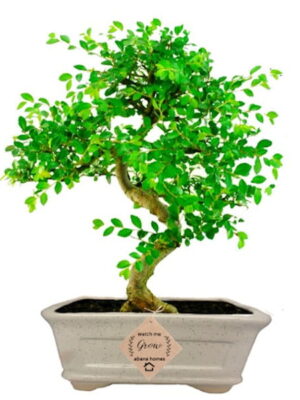
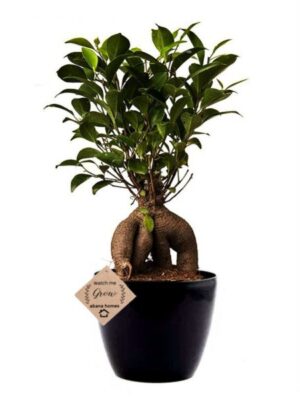
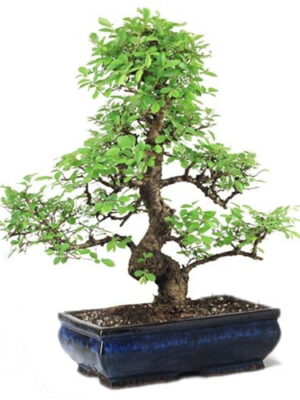
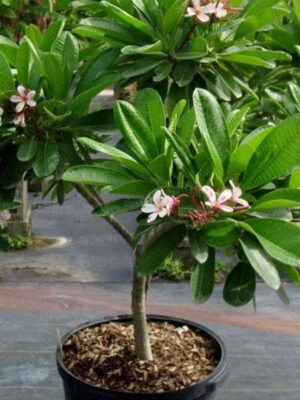
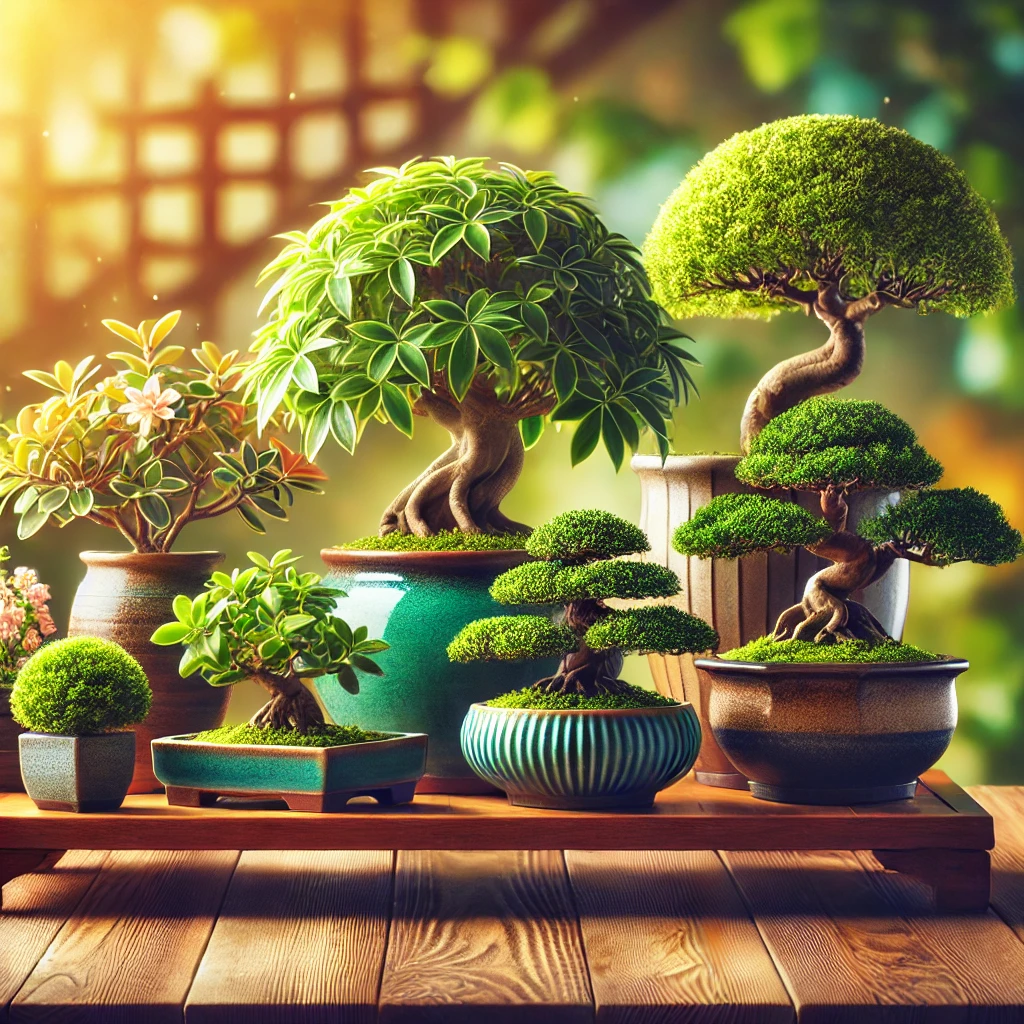
Troy Arthur Arthur (verified owner) –
Felt sad as I received the plant dead….leaves were all shriveled up. The pot came bone dry as it’s believed this is a drought resistant shrub….however if the plant had access to water during it’s transit…it would have survived.
Vsrinivas Prasad (verified owner) –
More than 20,%Leaf s are fallen.packing good